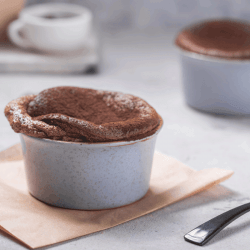Both versatile and fun, ramekins are often underrated in the kitchen. While best known for their place in French cuisine, these small, round, single-portion, oven-proof bowls have a variety of uses around the house. With their straight vertical edges, smooth interior, and usually fluted exterior, ramekins are easy to recognize and come in all sorts of fun colors. While we know that ramekins are small, you may be wondering more about their size. We've researched to find out what size ramekins come in.
Ramekins do come in an array of sizes, measured by the ounces they hold. These small bowls range from holding one-ounce up to 12 ounces, with the most utilized and versatile size being the six-ounce ramekin.
With a range of sizes, ramekins also have a range of uses. In this post, we will discuss ramekin sizes and how to choose the best ramekin for the task at hand. Keep reading to find everything you need to know about ramekins.

What can ramekins be used for?
Before we dive into ramekin sizes, let's consider some of their common uses. Ramekins are extremely versatile little containers that can be used for a variety of kitchen and household needs.
Classically, they are used for baking single-serving dishes such as creme brulee, souffle, and oven-baked eggs. Other popular savory choices include French onion soup, pot pies, baked pasta, scalloped potatoes, and stuffing. Creme brulee is definitely not the only sweet treat that works well in ramekins. Additional sweet dishes that can be made in ramekins are molten lava cakes, puddings, and fruit crisps. Basically, anything that can be baked in a larger dish can be scaled down to fit in a personal-sized ramekin.
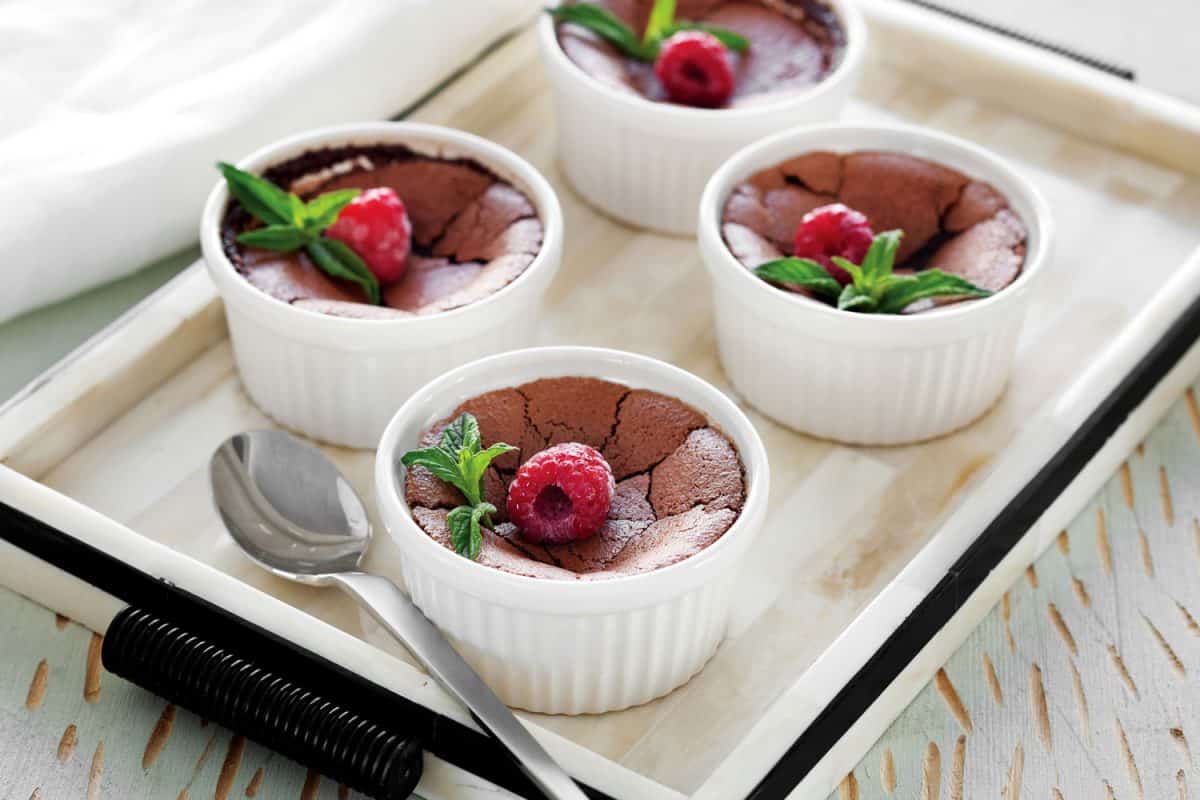
In addition to baking, we've discovered many other fabulous uses for ramekins. Many people use them as prep bowls, measuring out spices or other ingredients in them while cooking. Use them as part of charcuterie boards to hold olives, jams, or pickled veggies. When entertaining, serve dips like salsa and hummus in larger ramekins and personal-sized condiments in tiny ones. Ramekins also are great for serving ice cream or as snack bowls to hold nuts, dried fruit, and more!
Beyond just the kitchen, ramekins make excellent holders for small candles or tiny flower arrangements. They are also handy containers for small office supplies like paper clips or thumbtacks.
All About Ramekin Sizes
The first thing to know about ramekin sizes is that there is no standardization across manufacturers. Cook's Illustrated conducted testing with ramekins and concluded that manufacturers all calculated ramekin capacity differently and most often measured larger than the advertised capacity. This means that two brands of ramekins labeled six ounces, for example, may not actually be quite the same size. It seems confusing, but the important thing to know is that the volume a ramekin holds isn't exact.
Another notable feature of ramekin size is that there is also no standard height or diameter. Comparing similar volume ramekins, some are shallow with a wide diameter while others are tall with a smaller diameter.
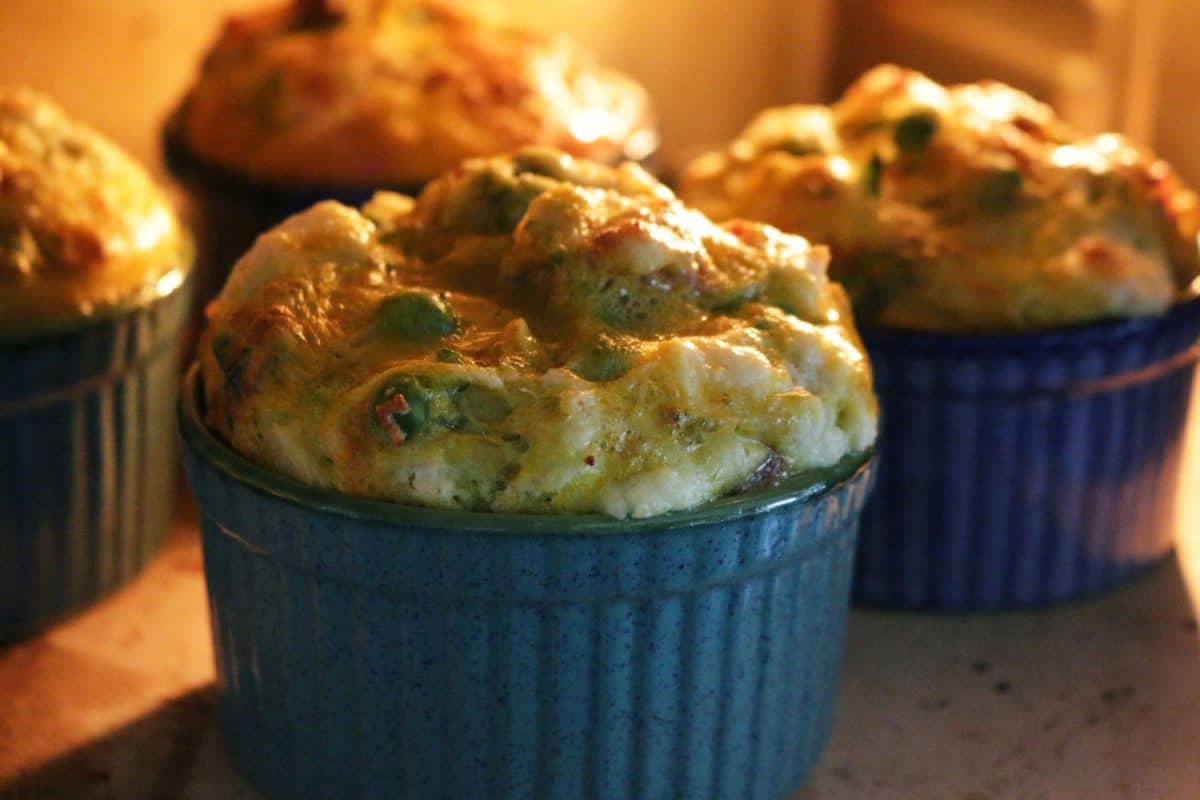
Common Ramekin Sizes and Their Uses
Now let's talk about the most common sizes of ramekins. As noted earlier, the most common and versatile size is the six-ounce ramekin. Other common sizes are one to two ounces, three to five ounces, seven to nine ounces, and 10 to 12 ounces. Here is a helpful breakdown of how to effectively use each size:
- The smallest of ramekins measures in at one to two ounces. These tiny containers are fabulous for serving personal-size condiments such as mayonnaise or ketchup.
- While still on the small side, three to five-ounce ramekins are perfect for baking and serving mini-desserts, for use on charcuterie boards, or for snack bowls.
- Next in size, the six-ouncer can be used for just about any ramekin application, but single-serving size desserts are where they really shine.
- On the heftier side, seven- to nine-ounce ramekins are suitable for single-serving entrees like baked pasta dishes.
- Finally, the biggest of the ramekins, the 10- to 12-ouncer holds a more substantial main entree portion.
What is the best size ramekin for creme brulee?
Based on our research, most creme brulee recipes call for six-ounce ramekins. Most recipes specify the size of a ramekin that is preferred, so be sure to check the instructions. As far as shape goes, many chefs prefer a wide, shallow ramekin when baking creme brulee to provide greater surface area for the caramelized sugar. Click here to see a set of shallow six-ounce ramekins, perfect for creme brulee, on Amazon.
What is the best size ramekin for lava cake?
Personal-sized lava cakes are a decadent, elegant dessert for any occasion. But what size ramekin should you use to bake lava cake? In our research, we found that most lava cake recipes call for six-ounce ramekins. Take care to check the recipe you are using to find what is recommended. Unlike creme brulee, lava cakes work best in the traditionally shaped deep ramekins. If you are looking for dishes for baking lava cake, click here to see a set of six-ounce turquoise ramekins on Amazon.
What is the best size ramekin for souffle?
Once again, we've found that most recipes for souffle are written for six-ounce ramekins. Like the lava cake, traditionally shaped deep ramekins make a fabulous souffle.
How to store ramekins?
In many kitchens, storage space is at a premium. Adding ramekins to your kitchen arsenal means that you'll have to find a way to store them. Unfortunately, not all ramekins are stackable, presenting an extra challenge for storage. One clever idea is to store them in an under-the-shelf basket in your cupboard. This type of basket utilizes unused space between cabinet shelves, maximizing your storage options. Check out this storage basket from Organized Living on Amazon.
Another alternative is to be sure you purchase stacking ramekins. Made to fit together without chipping or tipping, the small footprint of stacking ramekins makes storage simple. Click here to see a set of multi-sized stacking ramekins on Amazon.
What can I use instead of ramekins?
If you don't have yet own a set of ramekins, some suitable substitutes depend on what you are using them for. A good option for most recipes is a custard cup. Similar in size to ramekins, custard cups are generally made of glass and have flared sides instead of the straight sides of a ramekin. Unless you are baking a souffle, custard cups make a good substitute for ramekins. You might want to check out this set of glass custard cups on Amazon.
If you are cooking a recipe like pudding that does not require oven time, four-ounce glass jelly jars are a fun substitute for ramekins. Click here to find Ball Mini Jelly Jars on Amazon.
Other options that may be appropriate are oven-proof mugs, muffin pans, small baking dishes, or oven-proof bowls.
Why are they called ramekins?
The etymology of these unusually named containers is interesting and even a little bit mysterious. The origins of the word go back to Northern Europe in the 17th century. The word ramekin, spelled ramequin in French, referred to a dish made of meat or cheese that was baked in a small mold. Over time, the small mold used to cook the recipe also became known as a ramekin.
In our research, we found that the word may either have German or Flemish roots. As it turns out, the French may actually have borrowed the word from the old Flemish word rammeken, which translates as a battering ram. Other scholars point to the fact that it contains the old German word rom, meaning cream. So how and why was a dish baked in a tiny mold named for a battering ram? That's one of history's many mysteries!
In Closing
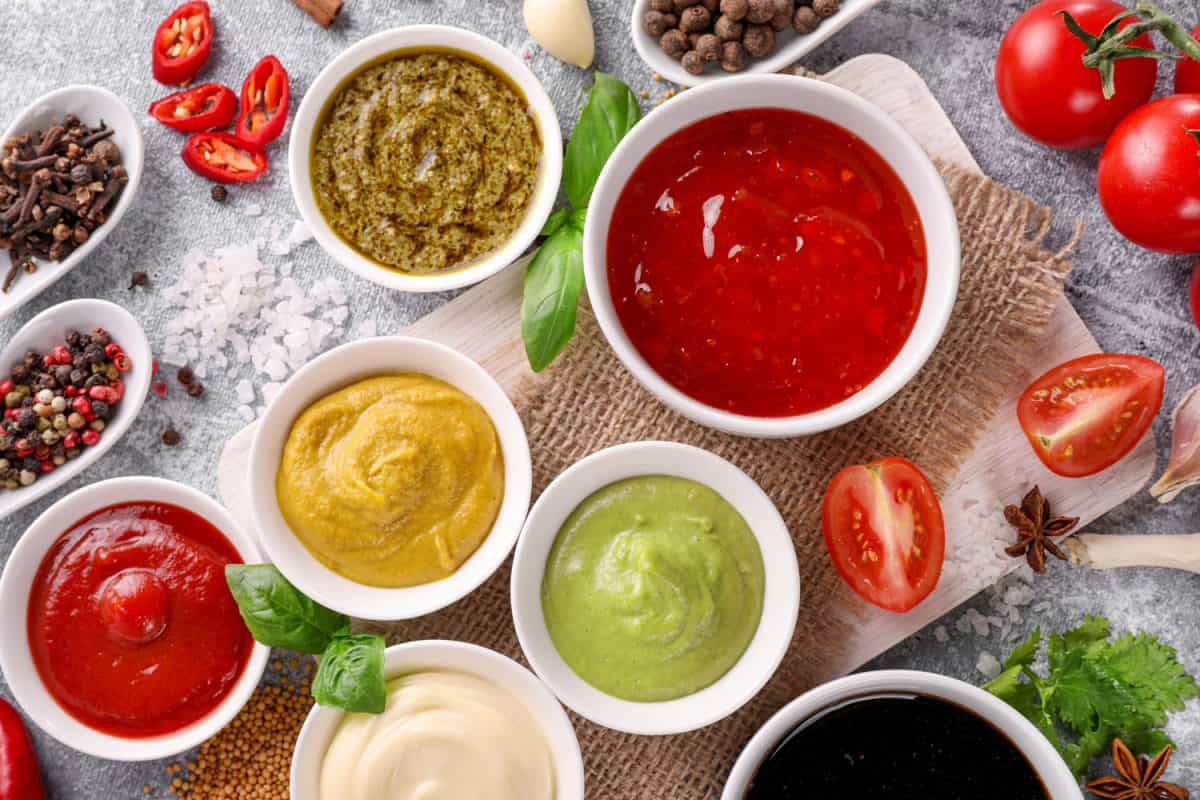
To recap, ramekins are sized anywhere from one to 12 ounces, with six ounces being the most common size. Resourceful cooks use ramekins of all sizes in both creative and commonplace ways around the kitchen. Despite their strange name, we think you too will find interesting and fun uses for these small containers.
If your curiosity about ramekins and other baking dishes is still peaked, we think you'll enjoy reading these posts:
25 Types of Baking Dishes You Need In Your Kitchen







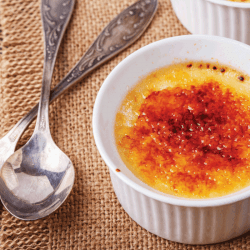
![Two ramekin with chak chak on a white table, What Is A Ramekin? [Pictures, Shopping Guide & Alternatives]](https://kitchenseer.com/wp-content/uploads/2020/05/Two-ramekin-with-chak-chak-on-a-white-table-250x250.jpg)

